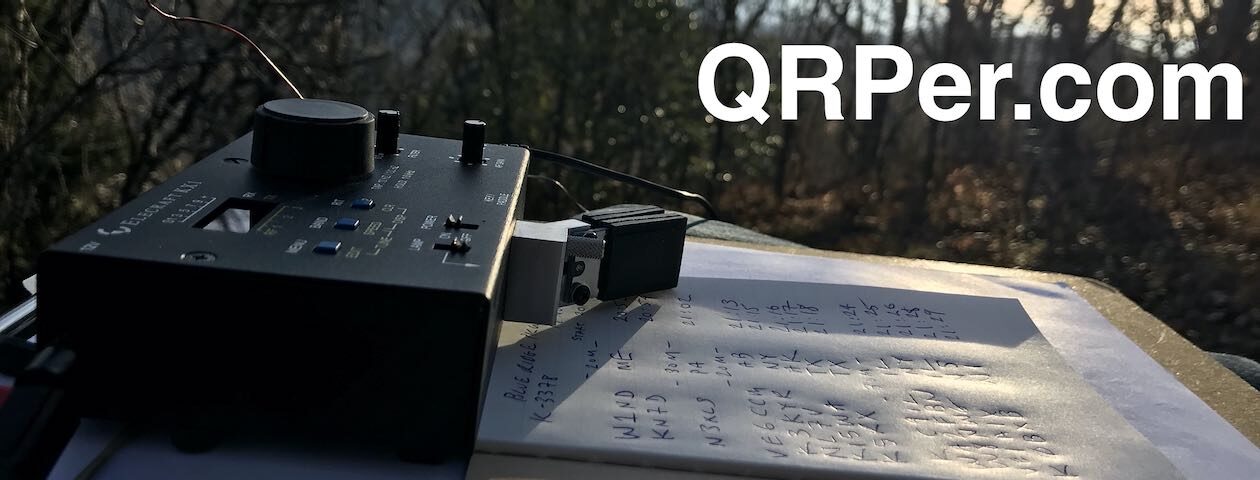 I realize that I’m fortunate, in many ways, that I perform POTA activations at times when parks are relatively quiet: weekdays, mostly, and during that 9-5 window when many are at work. On the flip side, I’m also activating when there are fewer hunters out there.
I realize that I’m fortunate, in many ways, that I perform POTA activations at times when parks are relatively quiet: weekdays, mostly, and during that 9-5 window when many are at work. On the flip side, I’m also activating when there are fewer hunters out there.
The upshot, for me, is that I rarely have any competition for picnic tables or activation spots at state and national parks. In general, as you’ll see in my activation videos, the park is quiet and sometimes I literally have the place to myself.
I actually take this for granted until I activate on a busy weekend or a holiday. Something like…
Labor Day!
While traveling back to the QTH on Monday, September 4, 2023, I decided to pop by Lake James State Park (K-2739) for a quick POTA activation.
Lake James State Park spans about 3,743 acres and is divided into two areas: the Catawba River Access and Paddy’s Creek Area.
Typically, I play radio at the smaller Catawba River area because there are so many excellent picnic sites with loads of trees.
The Paddy’s Creek area is much larger and (big bonus) has many more trails.
Paddy’s Creek also has a large beach and swimming/boating area with a huge parking lot and large covered picnic shelter (that is often occupied or reserved).
On Labor Day, the weather was gorgeous and, as you might imagine, the park was packed!
So why did I choose Paddy’s Creek on such a busy day?
I might have mentioned in a previous video that we recently purchased a used Volvo C40 Recharge EV (Electric Vehicle). While I normally charge it up at home, I’m trying to familiarize myself with charging on the go as well.
I’d read that Lake James has two (free!) convenience chargers at the Paddy’s Creek area. I drove to the site mainly to see where the were located. On such a busy day, I didn’t assume either of the chargers would be available–my plan was to find them, then head to the Catawba River access.
But turns out, the only available parking spot I could find at the Paddy’s Creek lot was one EV charging spot right there at the beach access and shelter! What!?! That’s an omen, I told myself, so I pulled into the spot, plugged in, and by golly, the car started charging.
I’m still new at this stuff, so it’s all a bit of magic to me. Forgive my excitement.
But where to activate?
The park was teeming with people all out enjoying the weather, the water, and the food and drinks. Truth is, I love seeing parks being enjoyed on this scale. Continue reading One Watt, Low-Profile QRP: A Labor Day POTA Activation at Lake James State Park






















































